Hazel dormice being introduced into a slice of Britain's ancient woodland: 'We hope this is the first of many'
Efforts to save Britain's hazel dormice are working — and now they're being reintroduced to the wild in Derbyshire.
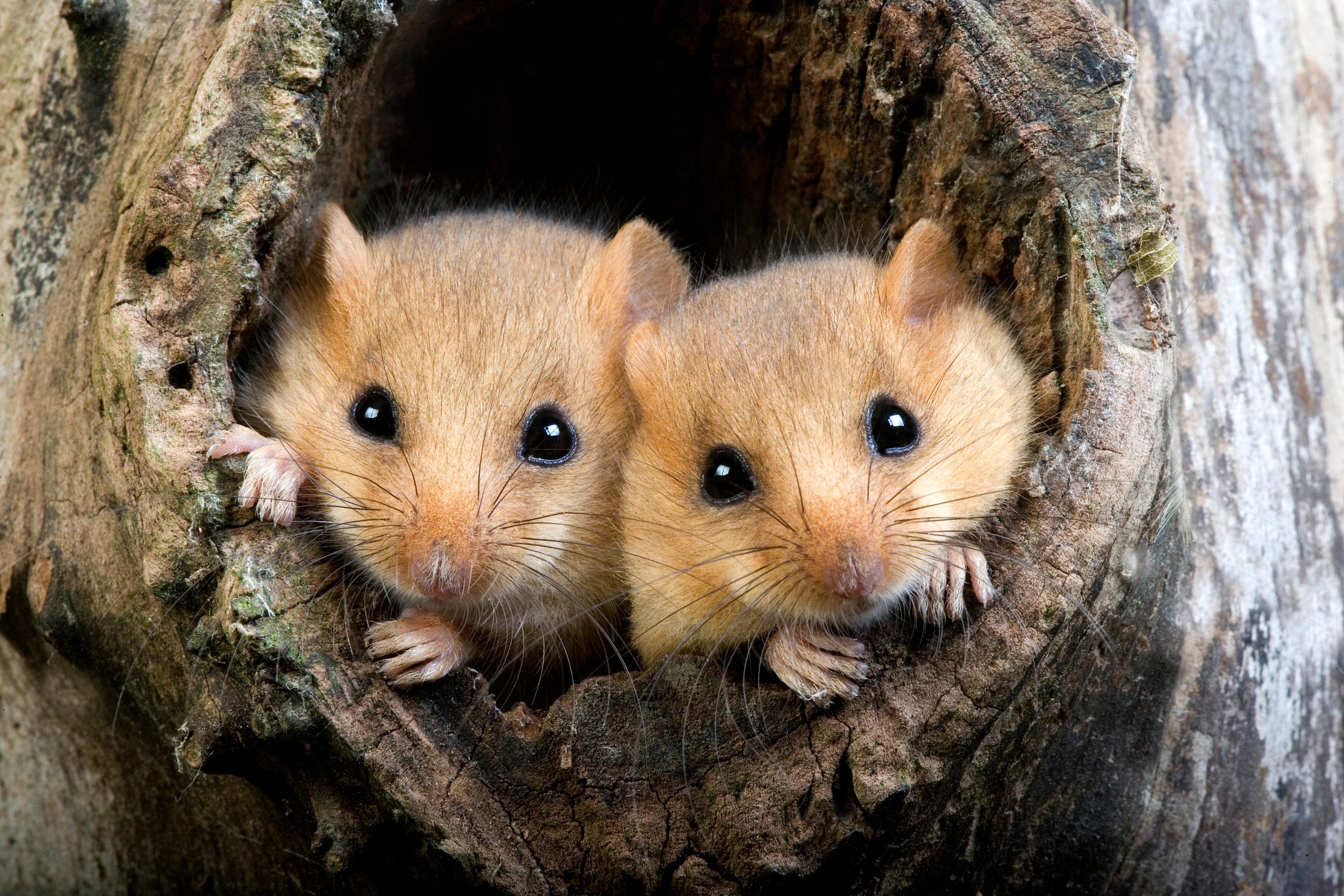

Hazel dormice have been reintroduced into Derbyshire’s National Forest in a joint project by the People’s Trust for Endangered Species (PTES), the National Trust and others. It’s hoped that the reintroduction of the 38 rare dormice will help prevent the extinction of this native species, the numbers of which have declined by 51% since 2000.
The PTES and others have released ‘healthy, captive-bred dormice’ each year into well-managed woodlands, of which the National Forest is the latest. The charity estimates that, since the programme began in 1993, more than 1,000 dormice have been reintroduced to 25 different sites in 13 counties.

‘The ongoing success of our annual dormouse reintroductions is the result of a rare partnership and many passionate volunteers who together work tirelessly to help us bring dormice back from the brink and ensure their ongoing survival,’ says Ian White, dormouse and training officer at PTES. ‘Well-managed woodlands and hedgerows are key to restoring populations, so releasing dormice into such habitats is crucial for the species’ long-term recovery. The National Forest is home to a huge array of woodlands suitable for dormice, so we hope that this is the first of many reintroductions in this part of the country.’
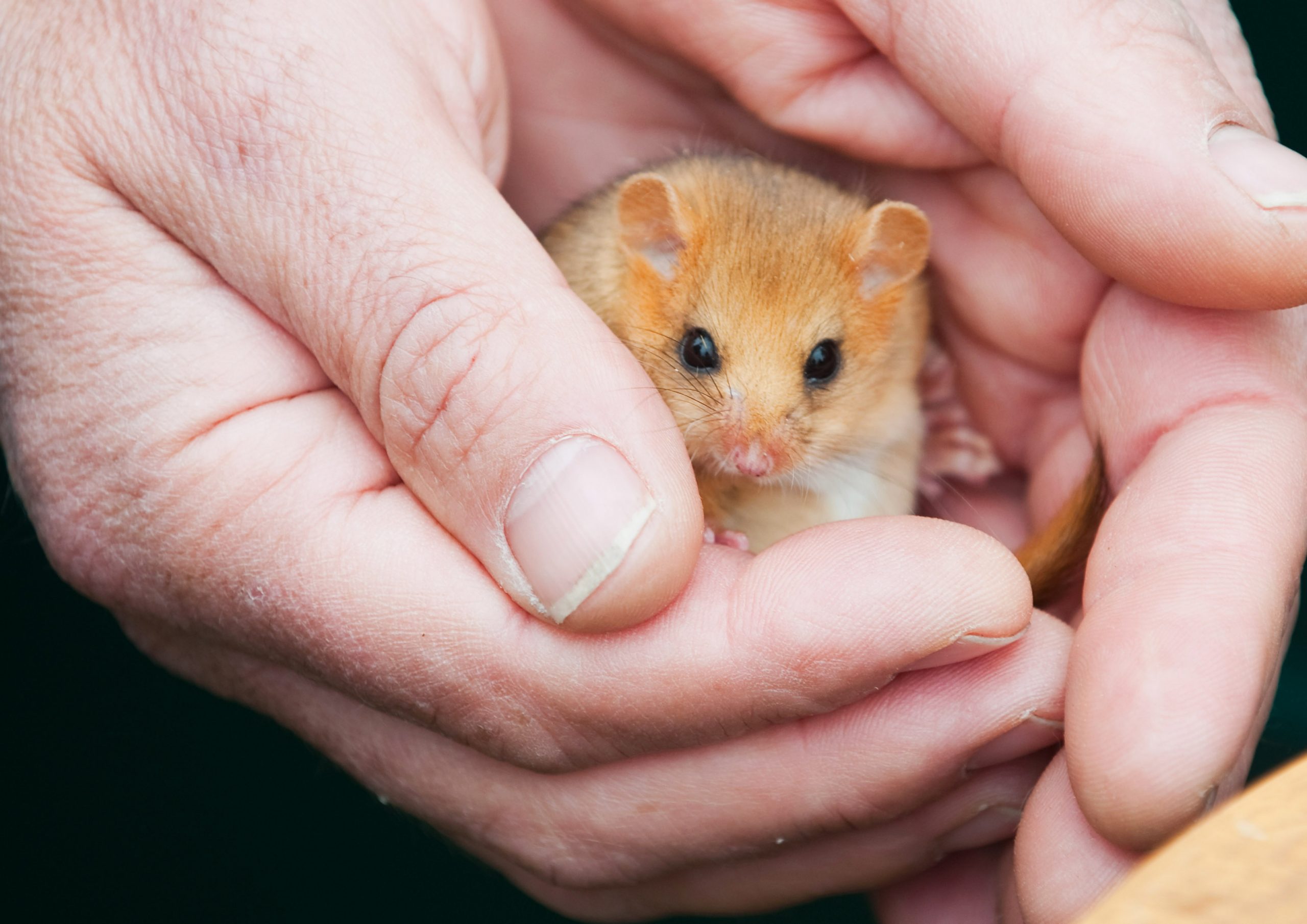
The introduction took place in a National Trust-owned woodland, where the ranger team, as well as volunteers, will be responsible for the care of the snoozy mammals and the long-term management of their habitat. The animals were bred by the Wildwood Trust, a member of the Common Dormouse Captive Breeders Group, before an eight-week quarantine and health checks.

After reintroduction day, the dormice are left to acclimatise quietly to their new surroundings from their nest boxes, which are placed in larger mesh cages filled with foliage, food and water. After 10 days and a final health check, the doors will be opened and they will be free.
‘The National Trust has been custodian of this ancient woodland since 1985... we’ve sympathetically managed it so it supports an array of native wildlife, which we’re thrilled will now include hazel dormice,’ says countryside manager Jon Lewney.
‘This diverse woodland, home to oak, hazel and honeysuckle, will provide lots of secure places for them to forage and nest. With the help of our volunteers, we’ll monitor the population over the coming months and years to ensure the dormice remain healthy. In time, we hope they will breed and disperse into nearby woodlands to create a wider, self-sustaining population.’
Exquisite houses, the beauty of Nature, and how to get the most from your life, straight to your inbox.
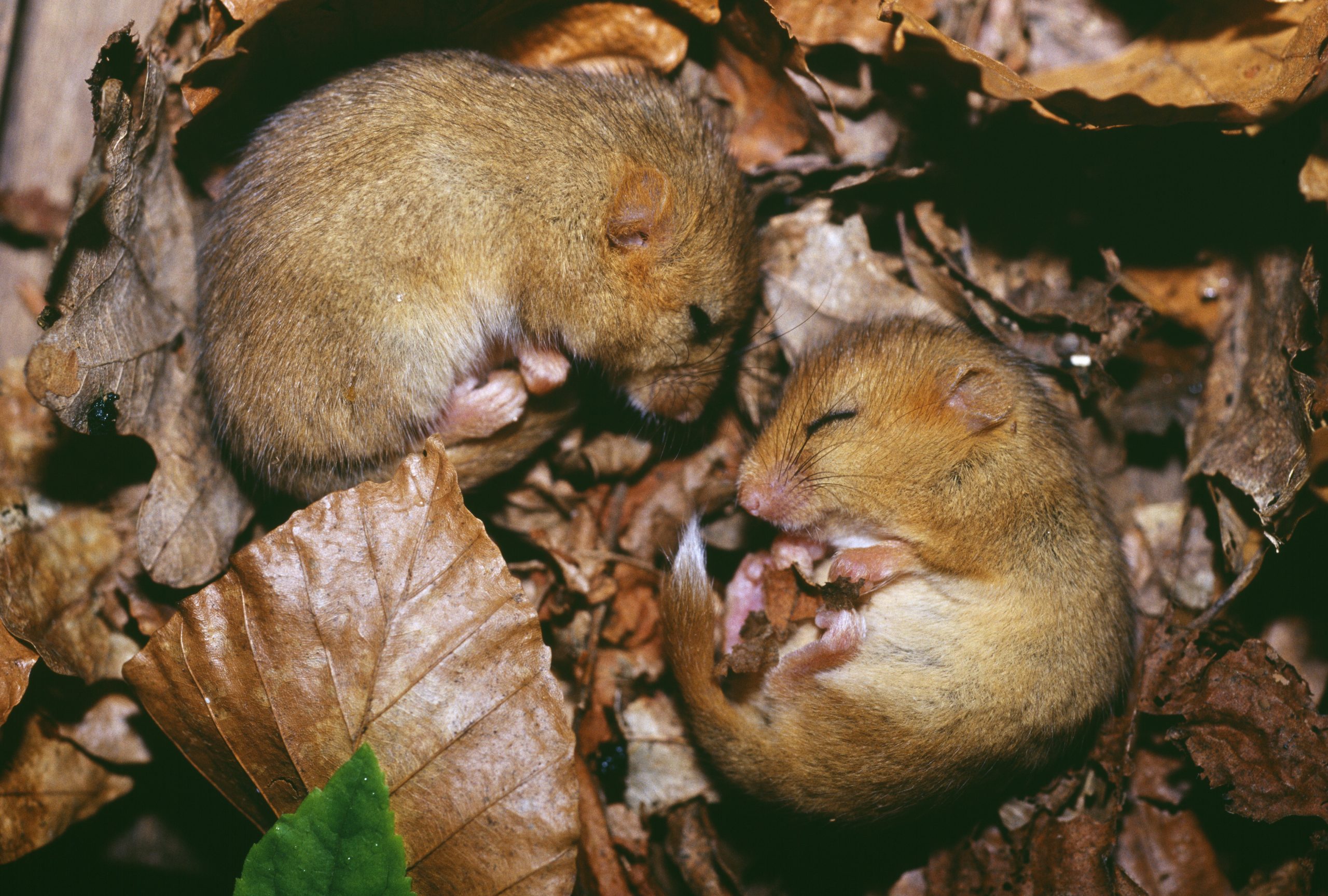
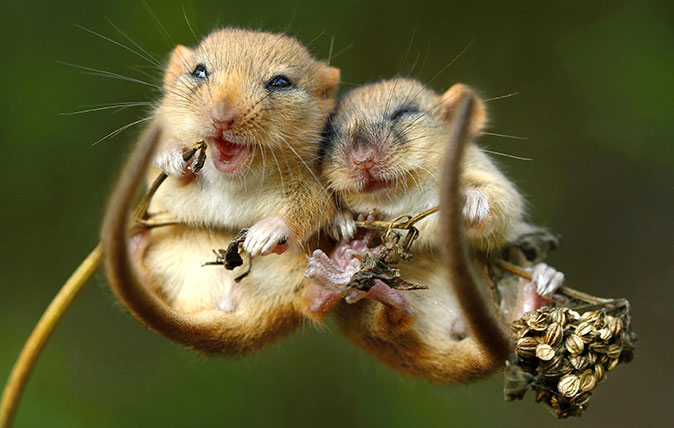
Credit: Caters
Dormice: Britain’s sleepiest, and most charming little creatures
David Profumo takes a look at the lovely little dormouse – a delightful little creature which spends 75 per cent

Hibernation: How it works, why animals do it, and the creature that can sleep for up to 11 months
Dormice sleep for months, hedgehogs snore in quilts of moss and wood frogs turn to ice — a spellbound John Lewis-Stempel
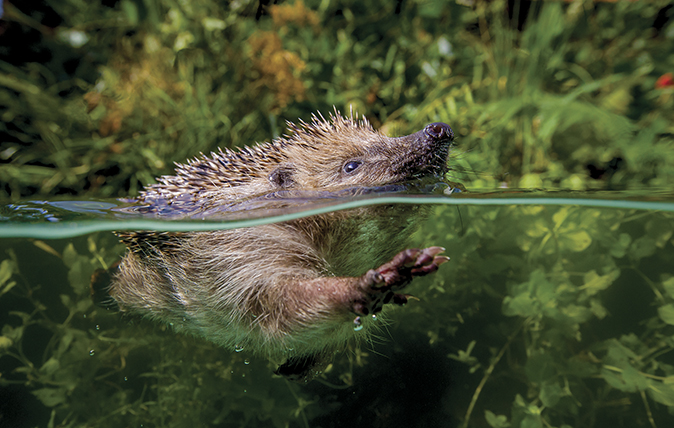
The secret life of hedgehogs
With the hedgehog stirring from its winter slumber, David Profumo takes a closer look at the secret life of the

James Fisher is the Digital Commissioning Editor of Country Life. He writes about motoring, travel and things that upset him. He lives in London. He wants to publish good stories, so you should email him.